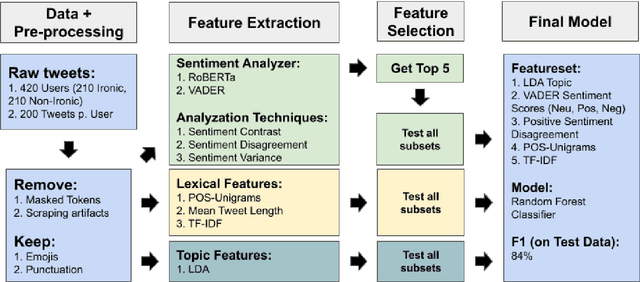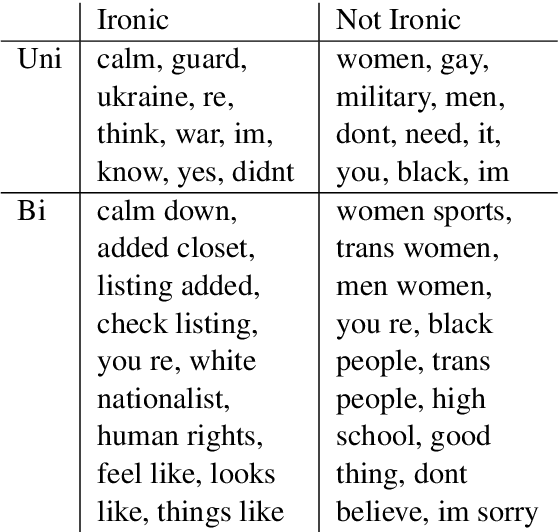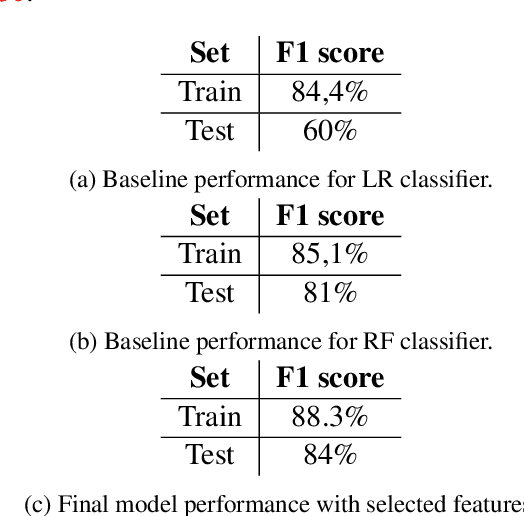Ninell Oldenburg
Mechanistic Interpretability Needs Philosophy
Jun 23, 2025
Abstract:Mechanistic interpretability (MI) aims to explain how neural networks work by uncovering their underlying causal mechanisms. As the field grows in influence, it is increasingly important to examine not just models themselves, but the assumptions, concepts and explanatory strategies implicit in MI research. We argue that mechanistic interpretability needs philosophy: not as an afterthought, but as an ongoing partner in clarifying its concepts, refining its methods, and assessing the epistemic and ethical stakes of interpreting AI systems. Taking three open problems from the MI literature as examples, this position paper illustrates the value philosophy can add to MI research, and outlines a path toward deeper interdisciplinary dialogue.
Learning and Sustaining Shared Normative Systems via Bayesian Rule Induction in Markov Games
Feb 22, 2024



Abstract:A universal feature of human societies is the adoption of systems of rules and norms in the service of cooperative ends. How can we build learning agents that do the same, so that they may flexibly cooperate with the human institutions they are embedded in? We hypothesize that agents can achieve this by assuming there exists a shared set of norms that most others comply with while pursuing their individual desires, even if they do not know the exact content of those norms. By assuming shared norms, a newly introduced agent can infer the norms of an existing population from observations of compliance and violation. Furthermore, groups of agents can converge to a shared set of norms, even if they initially diverge in their beliefs about what the norms are. This in turn enables the stability of the normative system: since agents can bootstrap common knowledge of the norms, this leads the norms to be widely adhered to, enabling new entrants to rapidly learn those norms. We formalize this framework in the context of Markov games and demonstrate its operation in a multi-agent environment via approximately Bayesian rule induction of obligative and prohibitive norms. Using our approach, agents are able to rapidly learn and sustain a variety of cooperative institutions, including resource management norms and compensation for pro-social labor, promoting collective welfare while still allowing agents to act in their own interests.
Profiling Irony & Stereotype: Exploring Sentiment, Topic, and Lexical Features
Nov 08, 2023



Abstract:Social media has become a very popular source of information. With this popularity comes an interest in systems that can classify the information produced. This study tries to create such a system detecting irony in Twitter users. Recent work emphasize the importance of lexical features, sentiment features and the contrast herein along with TF-IDF and topic models. Based on a thorough feature selection process, the resulting model contains specific sub-features from these areas. Our model reaches an F1-score of 0.84, which is above the baseline. We find that lexical features, especially TF-IDF, contribute the most to our models while sentiment and topic modeling features contribute less to overall performance. Lastly, we highlight multiple interesting and important paths for further exploration.
Multi-Modality in Music: Predicting Emotion in Music from High-Level Audio Features and Lyrics
Feb 26, 2023Abstract:This paper aims to test whether a multi-modal approach for music emotion recognition (MER) performs better than a uni-modal one on high-level song features and lyrics. We use 11 song features retrieved from the Spotify API, combined lyrics features including sentiment, TF-IDF, and Anew to predict valence and arousal (Russell, 1980) scores on the Deezer Mood Detection Dataset (DMDD) (Delbouys et al., 2018) with 4 different regression models. We find that out of the 11 high-level song features, mainly 5 contribute to the performance, multi-modal features do better than audio alone when predicting valence. We made our code publically available.
 Add to Chrome
Add to Chrome Add to Firefox
Add to Firefox Add to Edge
Add to Edge